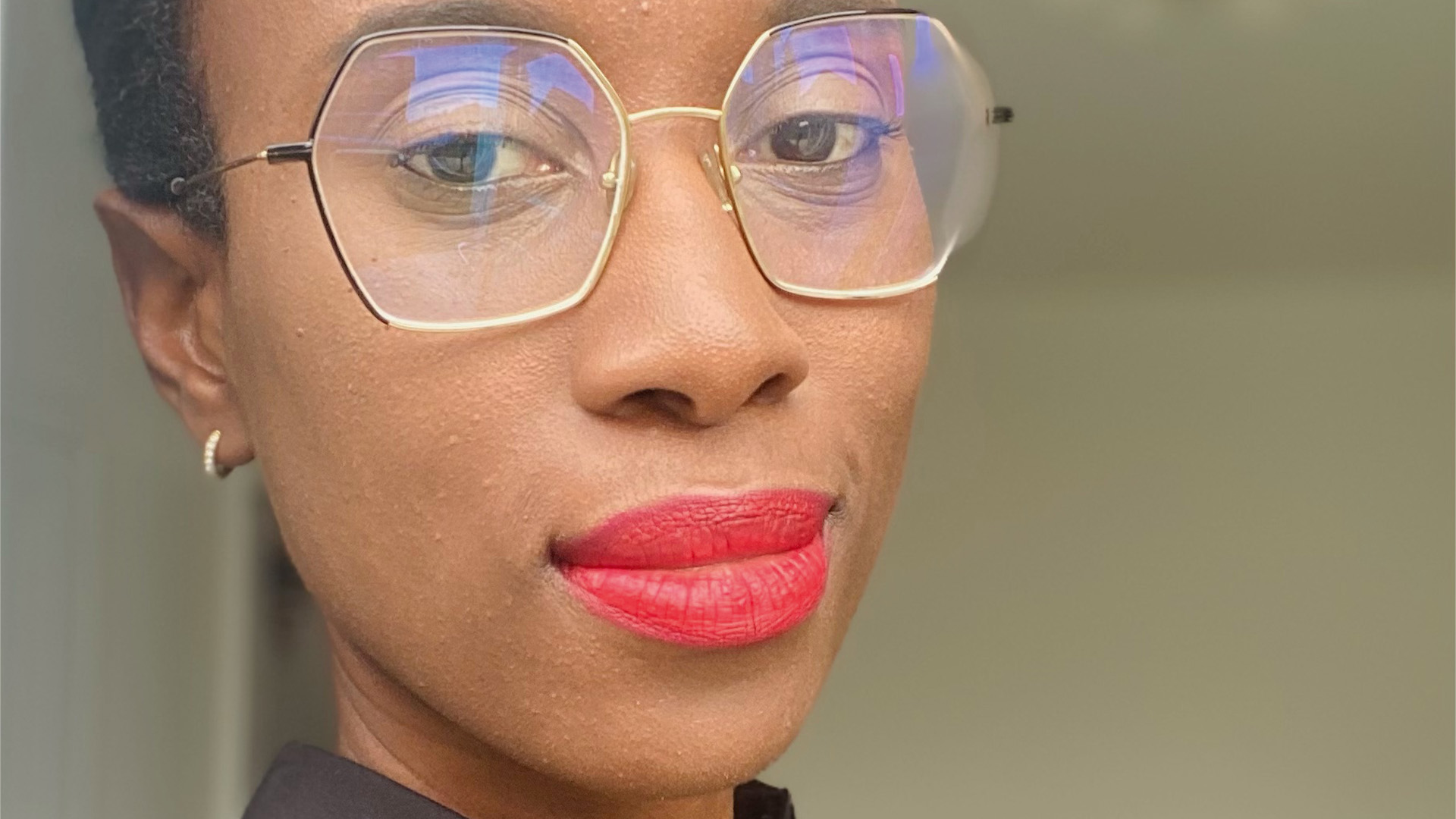You are viewing your 1 free article this month. Login to read more articles.
Q&A: Charlotte Abrams Simpson – Art director, Orion
The West Midlands-born creative discusses her route to the top of book cover design – and what the trade can do to ensure others can follow her path.
Can you tell us a little about how you got into book design, and your career to date?
I was raised by my Mum and Guyanese grandparents in Wolverhampton and had a hunger to move to London at 18, where I did an art foundation course at Central St Martin’s. This led to a graphic design degree at the University for the Creative Arts Epsom.
My passion was combining type and image in various mediums, hand-drawn typography, illustration and reportage. Cover design felt like a natural transition and I was offered my first job as a junior designer at Cornerstone a month after graduating in 2007. It was here that I learned the basic methods of the cover design process. Since then, my confidence grew with each new job I had. I thrived from moving around. I was at HarperCollins for six years, freelance for four years, and I returned in 2021 as the commercial art director for Orion fiction and the Phoenix imprint.
What are the essential skills for someone considering pursuing book design?
Being able to visually communicate a message is essential. A passion for typography and a rough idea of what makes a successful marriage between type, image, colour and composition within the boundaries of a book format. Soaking in visual matter from anywhere – fashion, advertising, packaging—is a great starting point.
More than ever, new stories are beautifully full of characters, relationships and settings that represent this country’s diverse range of communities and backgrounds. Therefore, an understanding of the content is essential; a grasp of the markets the book will be a part of – or breaking out of!
What have been your career highlights?
Being freelance shaped me as a designer. My confidence grew massively, and I was able to surround myself with different design teams and art directors. Their trust in me enabled me to shape a solid understanding of commercial cover design, particularly female fiction.
Another highlight was collaborating with Bristol-based designer Jodi Hunt on Hell of Book, a story of an author who goes on a book tour and discovers not only himself but the reality of being Black in America. I chose to commission Jodi as her work is all about representing characters’ identity in a vibrant and playful way. The package feels like more than a book cover; [it’s] a masterful piece of art.
As a prominent designer of colour in the sector, what do you think are the main obstacles for young Black creatives?
Traditionally publishing is predominately white and middle-class [but] there are changes happening to attract designers of colour to the field. We must engage school and college students who are interested in design; engage young, Black creatives in communities and underrepresented areas nationwide – not just in London.
As an in-house designer I’m seeing briefs becoming braver when it comes to representing characters or ideas in their true form. Not being scared to show Afro hair in cornrows and box braids, like Candice Carty-Williams’ Queenie; recently The Three of Us by Ore Agbaje-Williams proudly featured dark-skinned characters showing facial details, not silhouettes. Not all book covers will do this but it strikes an emotive, joyful chord for me when I see aspects of my Black identity represented on a book cover. The more of this we have, the more engaged young, Black designers might be in wanting to play a part in creating them.
What changes would you like to see in publishing to make it more representative?
The recruitment process will be the key to unlocking and reaching talent from outside the traditional portals. The big decision-makers on publishing boards have the power and responsibility to engage and shape who is reached to enable change.
I was fortunate enough to be accepted onto the Diverse Future Leaders scheme at Hachette. The aim is to give people from under-represented groups access to a senior mentor within the business to help accelerate their development. There is a hunger, quite rightly so, to increase the diversity of senior management, with Black, Asian, mixed heritage and minority ethnic representation.















